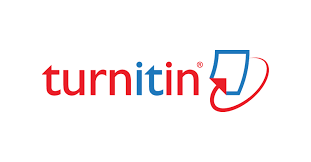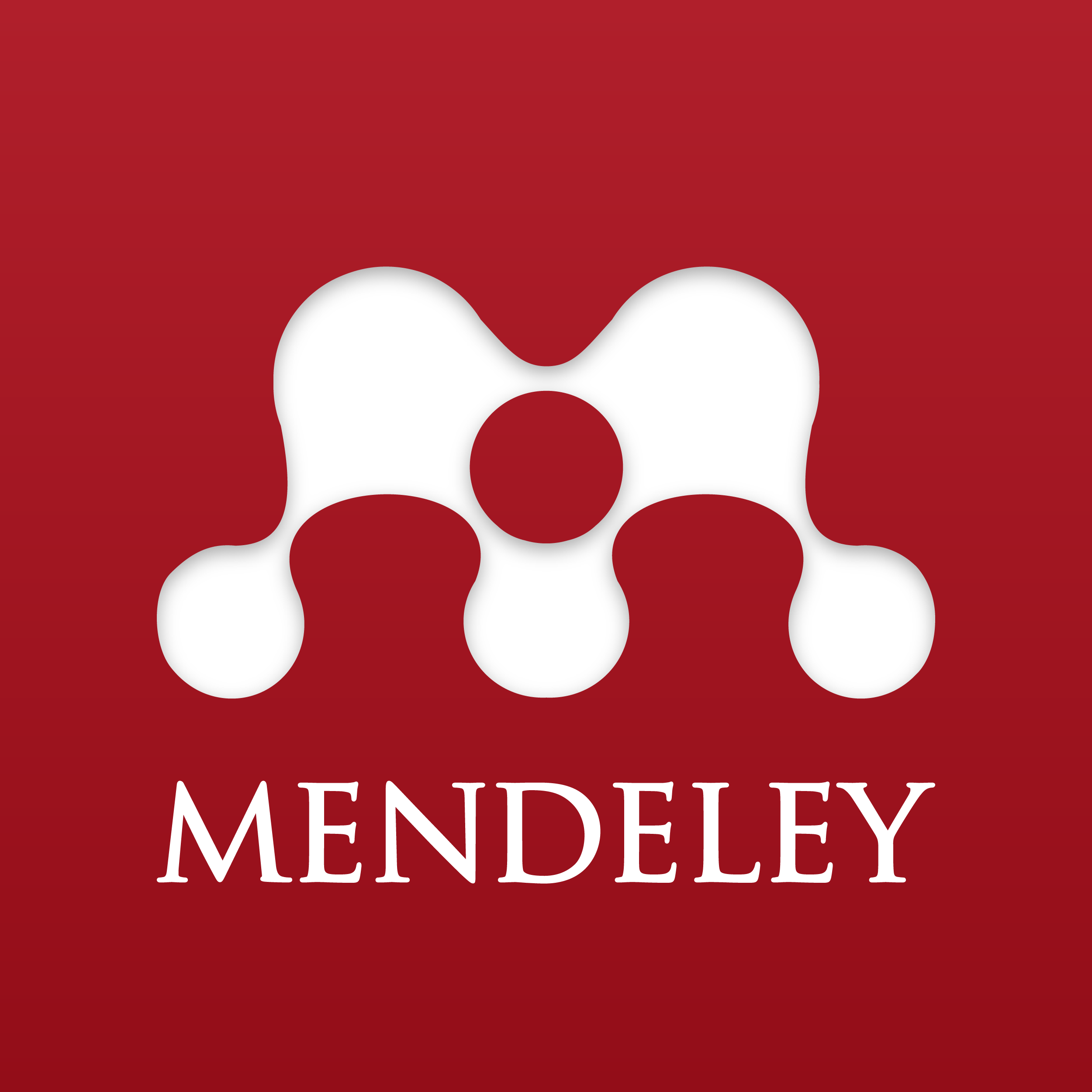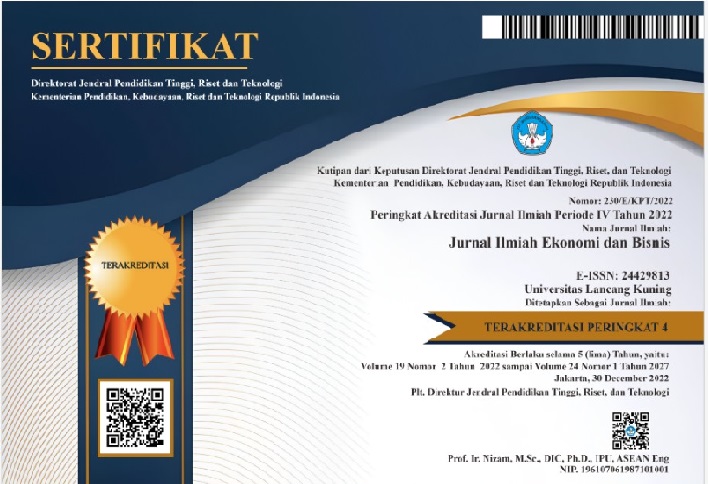ANALISIS FAKTOR-FAKTOR YANG MEMPENGARUHI PERILAKU UTANG RUMAH TANGGA (Sebuah Kajian Literatur)
Abstract
Tujuan penelitian ini adalah untuk mengidentifikasi dan mengungkapkan faktor-faktor atau dimensi yang menyebabkan rumah tangga untuk berutang dengan metode dan studi literatur yang dideskripsikan secara deskriptif dan terkait dengan kondisi nyata dalam rumah tangga ketika. Dari hasil penelitian ini kami dapat mengidentifikasi dan menemukan sebanyak 9 faktor atau dimensi rumah tangga yang termasuk dalam utang yaitu: karena pendapatan kecil, pengaruh visual dan media online, pengaruh orang terdekat, kemudahan yang diberikan oleh lembaga keuangan, kemampuan untuk mengelola keuangan, sosial dan gaya hidup, jumlah tanggungan dalam keluarga, sebagai penghasilan alternatif, kebutuhan mendesak dan tiba-tiba. Beberapa rumah tangga dalam kehidupan mereka menggunakan utang untuk memfasilitasi konsumsi dan kebutuhan lain karena mereka tidak memiliki aset, tabungan, warisan yang dapat digunakan dalam menghadapi kebutuhan yang tiba-tiba dan tidak terduga. Pada akhirnya setiap rumah tangga yang dapat ditagih diharapkan menjadi debitur yang baik
Downloads
References
Alam, Syed Shah., Ruzita Abdul Rahim, Md Ridhwanul Haq, Md Atiqur Rahman Khan. 2014. What Influence Credit Card Debts In Young Consumers In Malaysia. Journal of Public Administration, Finance and Law, issue 6, 2014, pp; 106-116.
Ashraf, Mohammad and Yusnidah binti Ibrahim. 2013. An Investigation Into The Barrier To The Rural Poor Participation In Mfis: The Case Of Bangladesh. International Journal of Research In Social Sciences, March 2013. Vol. 1, No.2, ISSN 2307-227X, pp ; 1-17.
Baker, Scott R. 2014. Debt and the Consumption Response to Household Income Shocks. Economics Department Stanford University April 2014. pp ; 1-46.
Bank of England. 2010. The Financial Inclusion Centre “Debt And Household Incomes”. The Financial Inclusion Centre, Bank of England, NMG, 2010 survey, Reg. No. 6272007, pp ; 1-62.
Barba, Aldo., and Pivetti, Massimo. 2009. Rising household debt: Its causes and macroeconomic implications a long-period analysis. Cambridge Journal of Economics, Volume 33, pp ; 113-137.
Beer, Christian and Schürz, Martin. 2007. Characteristics of Household Debt in Austria ; Does Household Debt Pose a Threat to Financial Stability. Data by Oesterreichische Nationalbank (OeNB).
Brown, Meta., Haughwout, Andrew., Lee, Donghoon., van der Klaauw, Wilbert. 2013. The Financial Crisis at the Kitchen Table : Trends in Household Debt and Credit. Federal Reserve Bank of New York. Current Issue in Economics and Finance, Volume 19, Number 2, pp ; 1-19.
Brown, Sarah., Karl Taylor, Stephen Wheatley Price. 2005. Debt and distress: Evaluating the psychological cost of credit. Journal of Economic Psychology 26 (2005) pp ; 642–663.
Brown, Susan M.E. 2011. Debt and Negative Net Worth Among Near Retirees. A Dissertation ; Utah State University, Logan, Utah 2011, UMI 3453573, Copyright 2011 by ProQuest LLC, pp ; 1-164.
Bunn, Philip. 2014. Household Debt And Spending. Quarterly Bulletin 2014 Q3, pp ; 304-315
Carradore, Marco. 2012. Surveys on Household Consumption: An Overview of the Most Common Surveys. Italian Sociological Review, 2012, 2, 3, pp; 219-233.
Chawla, Raj K., Uppal, Sharanjit. 2013. Household Debt in Canada, http:// www.statcan. gc.ca/pub/ 75-001-x/2012002/article/11636-eng.htm, di down load 22 Januai 2016.
Chien, W.Y. and Devaney, S.A. 2001. The journal of consumer affairs : The American Council on consumer interests is Doctoral Candidate And Sharon A. Sciences And Retailing, Purdue University, West Lafayette, 35. (I)
Cosma, Stefano and Pattarin, Francesco. 2010. Attitudes, personality factors and household debt decisions : A study of consumer credit. University of Modena and Reggio Emilia, This version: June 2010, pp ; 1-30.
Cynamon, Barry Z., Fazzari, Steven M. 2008. Household Debt in the Consumer Age: Source of Growth-Risk of Collapse. Capitalism and Society Volume 3, Issue 2, 2008. Article 3, Copyright © 2008 The Berkeley Electronic Press. All rights reserved, pp ; 1-32.
Duca, John V., Rosenthal, Stuart S. 1993. Borrowing Constraints. Household Debt. and Racial Discrimination in Loan Markets. Federal Reserve Bank of Dallas, Research Paper 9312, April 1993, pp ; 1-39.
Dunn, Lucia F. and Mirzaie, Ida. 2009. Stress on Consumers from Debt Begins to Recede after Record Highs over Summer “Women Hit Harder than Men. Consumer Debt Stress Index Report : September 2009, pp ; 1-8.
Ekici, Tufan and Dunn, Lucia. 2007. Credit Card Debt and Consumption: Evidence from Household-Level Data. Corresponding author: Lucia Dunn, email: dunn.4 @osu.edu; phone: 614-292-8071, pp ; 1-19.
Georgarakos, Dimitris., Haliassos, Michael., Pasini, Giacomo. 2012. Household Debt and Social Interactions. Netspar (network for studies on pensions, aging, and retirement) Discussion Paper, DP 11/2012-042, November 16, 2012, pp ; 1-48.
Herijanto, Hendy. 2014. Utang; Manfaat dan Mudharatnya, Jurnal Quality (Jurnal Manajemen dan Akuntansi Untuk Meningkatkan Kualitas SDM), Universitas Prof. Dr. Moestopo, Volume VIII, Nomor. 13.
Herispon. 2017. Utang Konsumtif Rumah Tangga Dalam Perspektif Konvensional Dan Syariah. Al-Maqdis: Jurnal Kajian Ekonomi Islam -Volume 2, Nomor 2, Juli-Desember 2017, ISSN 2528-5645. E-ISSN 2528-5661, pp 141-152.
Hoevel, Machteld., Stams, Geert Jan J. M., van der Zouwen, Marion., Vergeer, Margaretha., Jurrius, Kitty., Asscher, Jessica J. 2014. A Systematic Review of Financial Debt in Adolescents and Young Adults : Prevalence, Correlates and Associations with Crime. PLOS ONE | www.plosone.org 19 August 2014 | Volume 9 | Issue 8 | e104909, pp ; 1-16.
Jacobsen, Dag Henning. 2004. What Influences The Growth Of Household Debt ? Economist in the Securities Markets Department, and Bjørn E. Naug, senior economist in the Research Department, Norges Bank, Economic Bulletin 2004 – Q 3, pp ; 1-9
Jenkins, Rachel., Paul Bebbington, Traolach Brugha, Dinesh Bhugra, Mike Farrell, Jeremy Coid, Nicola Singleton, and Howard Meltzer. 2008. Mental Disorder in People with Debt in the General Population. Abstract Count: 274, Body Text Count: 2281
Kamil, Nik Sari Syerina, Nik., Musa, Rosidah., Sahak, Siti Zaleha. 2014. Examining the Role of Financial Intelligence Quotient (FiQ) in Explaining Credit Card Usage Behavior: A Conceptual Framework. Procedia - Social and Behavioral Sciences 130 ( 2014 ) pp ; 568 – 576.
Karlsson, Niklas ; Peter Dellgran, Birgitta Klingander Tommy Garling. 2004. Household consumption: Influences of aspiration level, social comparison, and money management, Journal of Economic Psychology 25 (2004) pp ; 753–769 www.elsevier.com/locate/
Kennedy, Brian P. 2013. The Theory of Planned Behavior and Financial Literacy: A Predictive Model for Credit Card Debt?". Theses, Dissertations and Capstones. Paper 480. Marshall University.
Kim, Haejeong and DeVaney, Sharon A. 2001. The Determinants Of Outstanding Balances Among Credit Card Revolver. Association for Financial Counseling and Planning Education, © 2001 All rights of reproduction in any form reserved. Financial Counseling and Planning, Volume 12 (1), 2001, pp ; 67-79
Lea, S., Webley, P and Levine, R. 1993. The economic psychology of consumer debt. Journal of Economic Psychology, 14, pp ; 85–119.
Lea, Stephen. 2015. Behavior Change : Personal Debt. The British Psychological Society. On Behalf of the Behavior Change Advisory Group. www.bps.org.uk/beha viorchange.
Lea, Weabley dan Levine. 1995. https://www. facebook.com didownload, 2 November 2015.
Legge, Jaimie., Heynes, Anne. 2009. Beyond Reasonable Debt : A Background Report on the Indebtedness of New Zealand Families. Journals Social Policy Journal Of New Zealand Te Puna Whakaaro Issue 35 June 2009. https://www.msd. govt.nz/about-msd-and-our work/ publications-resources/journals-and-magazines/social-policy-journal/spj35/35-beyond reason -able-debt.html, di download, 3 Desember 2015.
London, Ted., and Smith, Gordon. 2015. Using Behavioral Sciences to Improve Government Debt Collection. CGI Tax, Revenue and Collection Center of Execellence. 11325 Random Hills Road Fairfax, VA 22030, pp ; 1-8.
McCloud, Laura Summer. 2010. Financed Mobility : Parent’s Consumer Credit Histories and Young Adult Outcomes. A Dissertation The Ohio State University, pp ; 1-189.
Mian, Atif and Sufi, Amir. 2011. Consumers and the Economy, Part II : Household Debt and the Weak U.S. Recovery. Federal Reserve Bank of San Francisco (FRBSF) Economic Letter, 2011-02 January 18, 2011, pp ; 1-5.
Mutezo, Ashley. 2014. Household debt and consumption spending in South Africa: an ARDL-bounds testing approach. Banks and Bank Systems, Volume 9, Issue 4, 2014, pp ; 74-81.
Reiakvam, Lisa Kristine and Solheim, Haakon. 2013. Comparison of household debt relative to income across four Nordic countries. Staff Memos Financial Stability, Macroprudential present reports and documentation written by staff members and affiliates of Norges Bank, the Central Bank of Norway No. 5, pp ; 1-20.
Rickard Straus, Rachel. 2015. This is money.co.uk. Financial Website of the Year.
Rutherford, Leann G and DeVaney, Sharon A. 2009. Utilizing the Theory of Planned Behavior to Understand Convenience Use of Credit Cards. Journal of Financial Counseling and Planning Volume 20, Issue 2, pp ; 48-63.
Settereld, Mark and Kim, Yun K. 2013. Debt Servicing, Aggregate Consumption, and Growth. JEL classi_cations: E12, E44, O41, pp 1-31.
Shahrabani, Shosh. 2012. The Effect of Financial Literacy and Emotions on Intent to Control Personal Budget: A Study among Israeli College Students. Published by Canadian Center of Science and Education, International Journal of Economics and Finance; Vol. 4, No. 9; 2012, page ; 156-163. ISSN 1916-971X E-ISSN 1916-9728.
Smith, Joanne R., Terry, Deborah J., Manstead, Antony S. R., Louis, Winnifred R., Jacqueline Wolfs, Diana Kotterman. 2008. The Attitude Behavior Relationship in Consumer Conduct: The Role of Norms, Past Behavior, and Self-Identity. Copyright © 2008 Heldref Publications. The Journal of Social Psychology, 2008, 148(3), pp ; 311–333.
Stamp, Stuart. 2011. The Impact of Debt Advice as a Response to Financial Difficulties in Ireland., © Cambridge University Press 2011, Social Policy & Society 11:1, pp ; 93–104.
Tomaszewic, Łucja. 2014. Empirical Comparative Analysis Of Household Sector Liabilities And Assets In The Context Of Financial Crisis. Economics & Sociology, Vol. 7, No 2, Recent Issues In Economic Development, pp. 47-63.
Werner, Richard. 1992. A Quantity Theory Credit. https://en.wikipedia.org/wiki/ Credit_theory_of_money, (c,e) di download, 29 November 2015.
Worthington, Andrew C. 2006. Debt as a source of financial stress in Australian Households. International Journal of Consumer Studies, pp ; 1-22.
Xiao, Jing Jian and Wu, Jiajun. 2006. Applying the Theory of Planned Behavior to Retain Credit Counseling Clients. TCAI Working Paper University of Arizona, Take Charge America Institute for Consumer Financial Education and Research, pp ; 1-18.
Xiao, Jing Jian and Wu, Jiayun. 2008. Completing Debt Management Plans in Credit Counseling : An Application of the Theory of Planned Behavior. Journal of Financial Counseling and Planning Volume 19, Issue 2 2008, pp ; 29-45.
Zinman, Jonathan. 2014. Household Debt : Fact, Puzzels, Theories, and Policies. Annual Review of Economic. DOI : 10.1146/annurev-economics-080614-115640. Dartmouth College, IPA,J-PAL, and NBER, September 2014.
Copyright (c) 2018 Herispon Herispon

This work is licensed under a Creative Commons Attribution 4.0 International License.










 This work is licensed under a Attribution 4.0 International (CC BY 4.0)
This work is licensed under a Attribution 4.0 International (CC BY 4.0) 